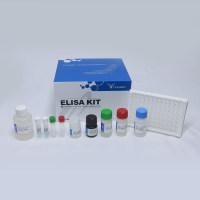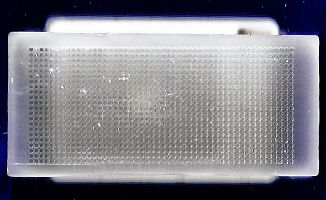In situ hybridization (ISH) allows evaluation of genetic abnormalities, such as changes in chromosome number, chromosome translocations or gene amplifications, by hybridization of tagged DNA (or RNA) probes with complementary DNA (or RNA) sequences in interphase nuclei of target tissue. However, chromogenic in situ hybridization (CISH) is also applicable to formalin-fixed, paraffin-embedded (FFPE) tissues, besides metaphase chromosome spreads. CISH is similar to fluorescent in situ hybridization (FISH) regarding pretreatments and hybridization protocols but differs in the way of visualization. Indeed, CISH signal detection is similar to that used in immunohistochemistry, making use of a peroxidase-based chromogenic reaction instead of fluorescent dyes. In particular, tagged DNA probes are indirectly detected using an enzyme-conjugated antibody targeting the tags. The enzymatic reaction of the chromogenic substrate leads to the formation of strong permanent brown signals that can be visualized by bright-field microscopy at 40 � magnification. The advantage of CISH is that it allows the simultaneous observation of gene amplification and tissue morphology and the slides can be stored for a long time.






